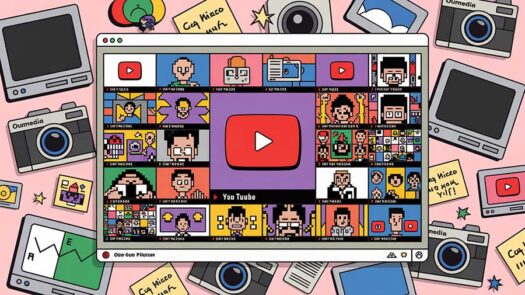I’ve been a longtime fan of virtual events, dating back to the early 2000s when lots of us were attending speaker events in Linden Lab’s online world Second Life. I even devoted a chapter to the trippy intellectual property challenges posed by virtual worlds in my book Darknet.
Back then, you would teleport into the designated space (perhaps an open-air amphitheater) and move your avatar around, through keys or mouse clicks, and type out comments and questions for the speaker and fellow participants while your connection went up and down. High-speed Internet was still years away.
It was fun and cool but ultimately clunky and frustrating. Second Life still exists but mostly its best days are behind it.
Well, a decade and several technological epochs later, a new era is about to unfold, an era not of virtual worlds but virtual experiences propelled by virtual reality, augmented reality or a hybrid of the real and virtual worlds called mixed reality.
And a major player in this emerging space will be High Fidelity, which closed a $35 million funding round on Wednesday with the goal of bringing VR to a billion people worldwide.

On Friday, I was the sole attendee to visit the High Fidelity studio in San Francisco in person to attend an hourlong conversation between Philip Rosedale (in San Francisco) and author Charlie Fink (in New York), author of the new book Metaverse, about where VR and AR are heading. It was an extraordinarily cool experience.
Rosedale, the founder of High Fidelity (and Second Life before that), and Fink appeared on stage in front of a virtual auditorium of perhaps 30 attendees who were watching, listening and participating from their homes or offices. But instead of watching the events on a computer screen, attendees donned VR goggles — in my case, the latest version of Microsoft’s HoloLens Facebook’s Oculus Rift — and entered the theater in an avatar persona. In my case, I didn’t have time to choose from the selection of custom-made “skins” (see photo below) so I settled into a no-frills default avatar. Jackson Bigelow, High Fidelity’s studio manager, handed me two hand controllers and I was on my way.
I have to say, just as in Second Life, one of the most captivating aspects of being in the Zaru auditorium was the makeup of the crowd. I found myself constantly turning to my right and left to check out the appearance of the other attendees. Chaos, a regular from Munich, pranced to the microphone wearing her ballroom dress bedecked in glowing blue square bulbs. I stood next to a tall anime girl lit up with a fluorescent-white face and yellow stockings. Above us, a dragon reclined on a perch while below us was a robot with monarch butterfly wings glowing bright orange and a Catwoman with lit-up strings of lights entwined around her body.
The coming wave will start with augmented reality
Philip is one of the best, most convivial interviewers/emcees around and he steered the conversation beautifully. And while telepresence and teleconferencing have their place in the corporate world, this setup is far slicker, more inviting and more open to possibilities.
A few snippets from Charlie Fink’s talk:
• “We’re on this march toward this invisible, contextual computing.”

• “Why is everyone so excited about AR? Because everyone’s got one of these. [Holds up smartphone.] So AR is going to take something that everyone’s using today and will make it much better.”
• “Google Maps is about to get about 5,000 percent better thanks to augmented reality.”
• “I’m not a big augmented reality glasses guy because I don’t think that people like walking around with stuff on their heads. That is not something we’re already doing.” (I agree with Charlie and disagree with Robert Scoble about this.) “Getting people to wear head-mounted displays is something that people will have to get used to.”
— author-journalist Charlie Fink
• “My theory about ‘Westworld’ is it’s all being done in VR.”
• “It may be sooner than we think that virtual goods will start to take on extraordinary value.”
Tripping through High Fidelity’s virtual nightclub
Excellent stuff. I suggest that you watch the capture of the VR talk — done with floating bot-cams! — embedded above. (It’s a trick that programmers have been doing in Unity for some time, but it’s still wicked cool.)
Here are some shots I took of the studio and the virtual event that followed, a dance party in High Fidelity’s virtual nightclub Rust with a dozen people — some of whom were dancing on their heads.





The next High Fidelity event is this Thursday, July 5: Experience & Explore High Fidelity VR With Oculus Rift and Touch.





